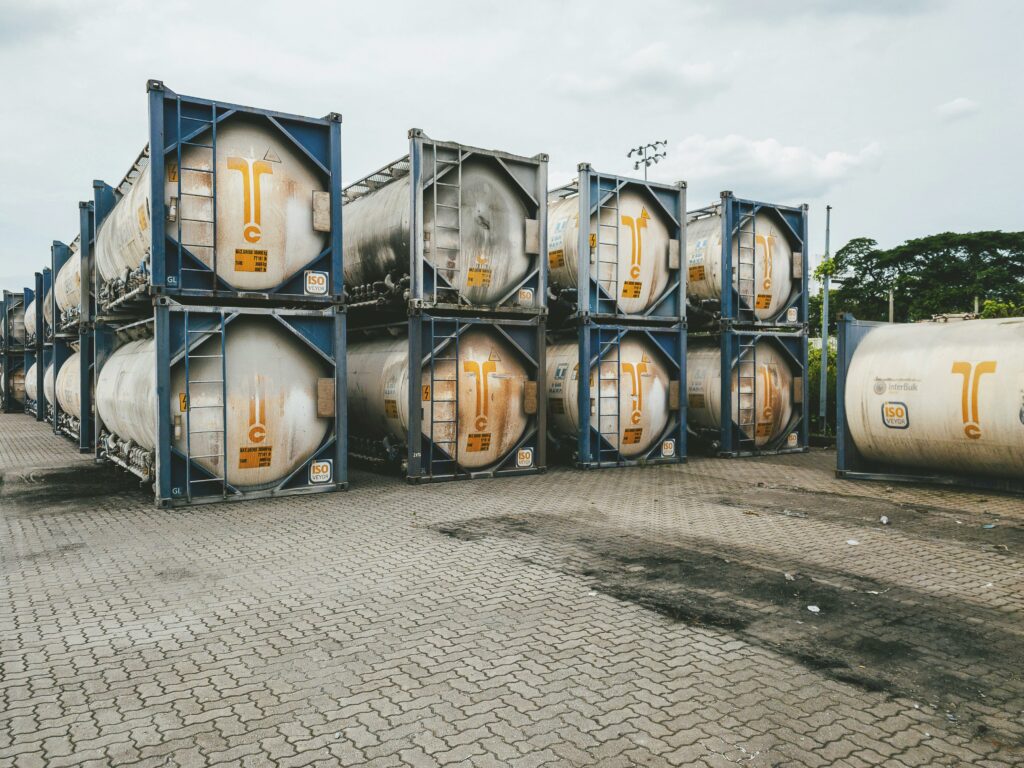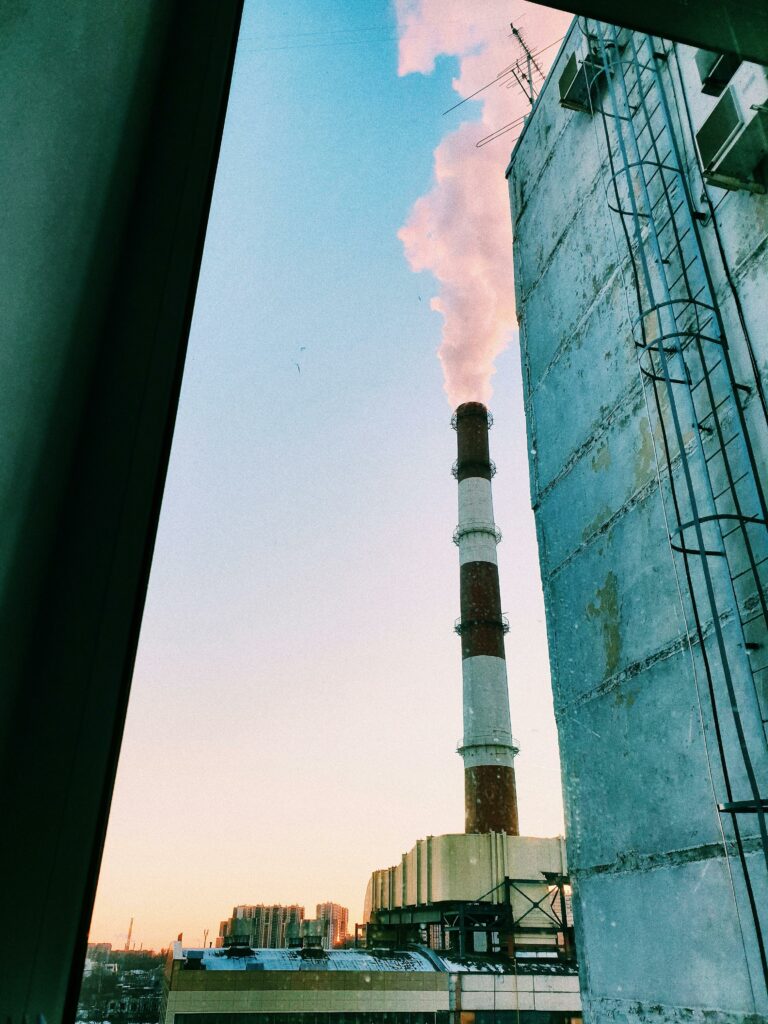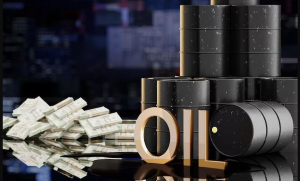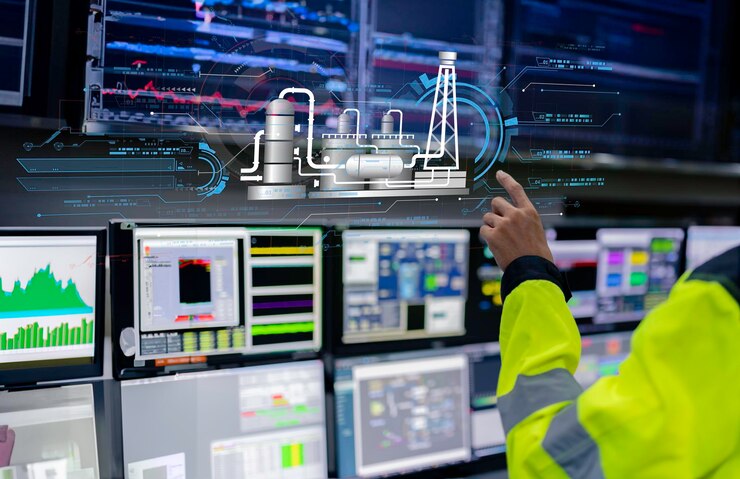Overview of Production, Uses, and Benefits
Introduction to LPG
Liquefied Petroleum Gas (LPG) is a versatile and widely used fuel. It is a hydrocarbon gas that exists in a liquid state under moderate pressure. LPG is primarily composed of propane (C3H8) and butane (C4H10), along with small quantities of other gases. Due to its efficient energy content, ease of transportation, and clean-burning properties, LPG has become a popular fuel source for a variety of applications, ranging from domestic use to industrial processes.
Production and Composition
LPG is produced during the refining of crude oil and the extraction of natural gas. In a refinery, crude oil is processed through fractional distillation, where it is heated and separated into various components based on their boiling points. LPG is one of the lighter fractions that is separated out during this process. Similarly, natural gas extraction involves separating gas components, with LPG being one of the byproducts.
The composition of LPG can vary depending on its source and the processing it undergoes. Typically, commercial LPG contains about 95% propane and butane, with the remaining 5% comprising other hydrocarbons and impurities. This composition makes LPG highly efficient for combustion, providing a high energy output relative to its volume.

Uses of LPG
1. Domestic Use
– Cooking: LPG is widely used as a cooking fuel in households around the world. It provides instant heat and precise temperature control, making it ideal for cooking.
– Heating: In colder regions, LPG is used for space heating and water heating. Its clean-burning properties make it a preferred choice for indoor heating systems
2. Industrial Use
– Manufacturing: LPG is used as a fuel for various industrial processes, including metal cutting, welding, and manufacturing ceramics and glass.
– Agriculture: It is used in agriculture for crop drying, weed control, and powering farm equipment.
3. Automotive Fuel
– Autogas: LPG, also known as autogas, is used as an alternative to gasoline and diesel in vehicles. It is a cleaner-burning fuel, reducing emissions and contributing to a lower environmental impact.
4. Recreational Use
– Camping and Outdoor Activities: Portable LPG cylinders are used for camping stoves, heaters, and lanterns, making it convenient for outdoor enthusiasts.
Advantages of LPG
1. Efficiency and Energy Content
– LPG has a high calorific value, meaning it releases a significant amount of energy when burned. This makes it a highly efficient fuel for various applications.
2. Clean-Burning
– When burned, LPG produces fewer pollutants compared to other fossil fuels. It emits lower levels of carbon dioxide (CO2), nitrogen oxides (NOx), and particulate matter, contributing to better air quality and reduced greenhouse gas emissions.
3. Versatility
– The wide range of applications for LPG, from domestic cooking to industrial use, demonstrates its versatility as a fuel source.
4. Portability and Storage
– LPG can be easily stored and transported in liquid form, making it accessible to remote and off-grid locations. Its portability is enhanced by the availability of various cylinder sizes and bulk storage options.
Safety and Handling
While LPG is a highly useful fuel, it is important to handle it with care due to its flammable nature. Here are some key safety considerations:
1. Storage
– LPG should be stored in well-ventilated areas away from sources of ignition. Cylinders and tanks should be regularly inspected for leaks and damage.
2. Usage
– Proper installation and maintenance of LPG appliances are crucial to prevent leaks and ensure safe operation. It is essential to follow manufacturer guidelines and safety standards.
3. Emergency Procedures
– In case of an LPG leak, it is important to evacuate the area immediately, avoid using electrical switches, and contact emergency services. Regular safety drills and education on handling LPG emergencies can enhance preparedness.
Environmental Impact
While LPG is a fossil fuel, it has a relatively lower environmental impact compared to other hydrocarbons. Its clean-burning properties reduce the emission of harmful pollutants, making it a more environmentally friendly option for energy. Additionally, the use of LPG in place of traditional biomass fuels (like wood and charcoal) in developing regions can significantly reduce deforestation and indoor air pollution, leading to improved health outcomes and environmental conservation.

Conclusion
Liquefied Petroleum Gas (LPG) is a valuable energy resource with a wide range of applications. Its efficiency, versatility, and clean-burning nature make it an attractive option for both domestic and industrial use. As the world continues to seek cleaner and more sustainable energy solutions, LPG remains an important part of the energy mix, providing a reliable and relatively eco-friendly fuel option.
For those involved in the buying and selling of petroleum derivatives, understanding the properties, uses, and benefits of LPG is essential. This knowledge can help in making informed decisions and promoting the use of LPG as a versatile and efficient energy source.









